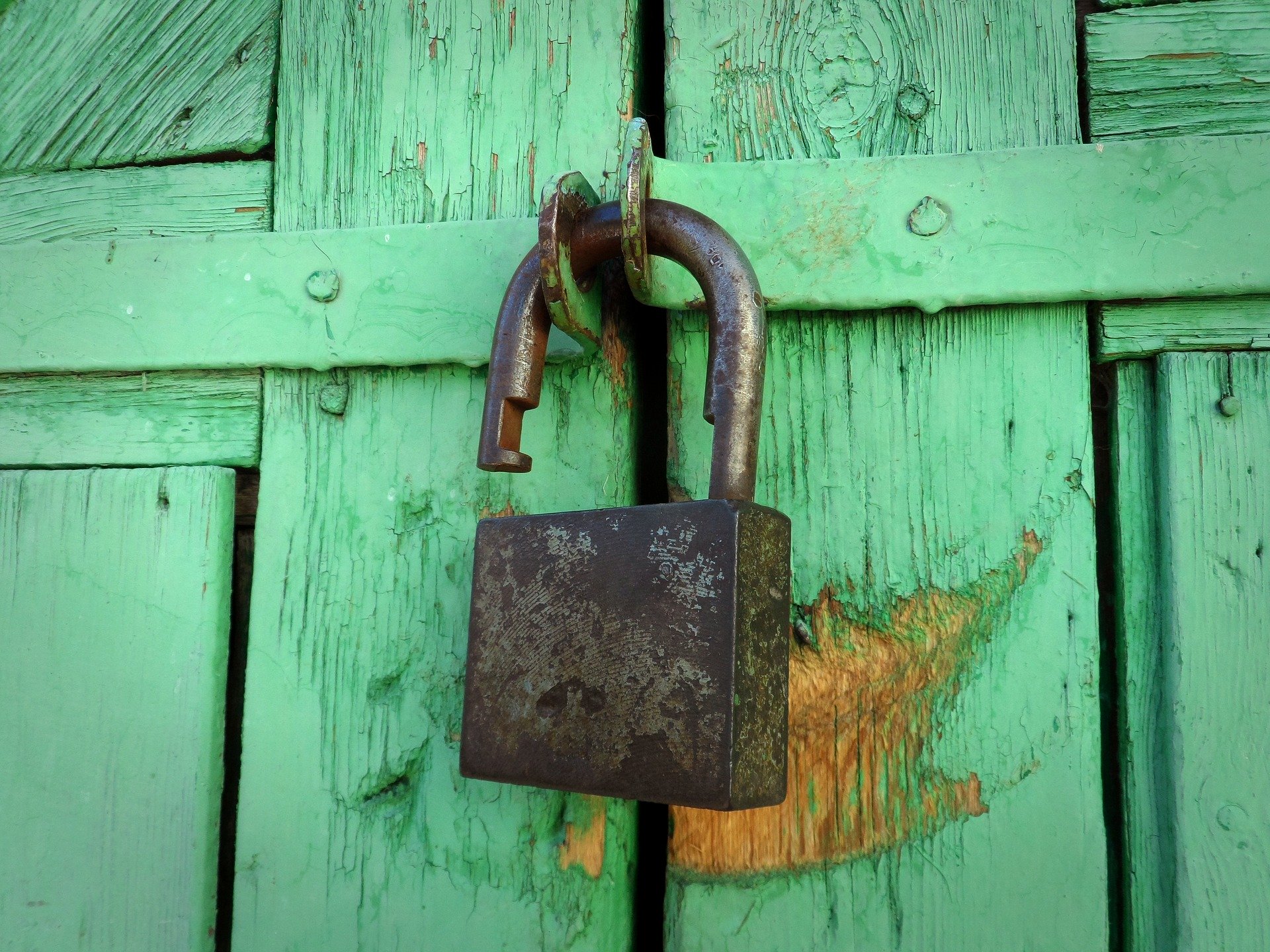Danny Incarnato has the key to the coronavirus

Danny Incarnato knows SARS-CoV-2’s weak spots
The key to the coronavirus
While the rest of the world is working on a coronavirus vaccine, one man is a step ahead. Danny Incarnato is the head of the UG’s IncaRNAto lab and a big fan of DNA’s little brother: RNA. He and his research group just published an article about how they mapped the full structure of the SARS-CoV-2 coronavirus RNA genome.
Now, he’s working on drugs that can stop the virus. ‘Protein-targeted therapies are likely to become ineffective if the virus evolves’, says Incarnato. ‘A small-molecule drug targeting a stable and conserved RNA structure has a bigger chance to remain effective.’ A vaccine is very specific and might not work if the coronavirus mutates. But a drug can see right through the virus’s disguise.
Designing a drug
What would the drugs target? Human beings’ genetic code is written on a set of enormous molecules that stick together and twist around one another: our DNA. In the coronavirus, however, its life is encoded on only one such strand: its RNA. Targeting this RNA, or the pieces of the RNA that barely change even as the virus mutates, allows for finding a drug that stands the test of time.
Protein-targeted therapies could become ineffective if the virus evolves
Moreover, these unaffected parts in the RNA can be found in multiple viruses of the same family. A drug that was originally designed for SARS might also work on the novel coronavirus.
In order to develop such a drug, it’s essential to know more about the RNA. Fortunately, Incarnato has the perfect background to solve the puzzle. When he was a boy, his mother, a medical student, made him watch videotapes about DNA whenever he acted up. ‘The moment I realised what DNA was, I knew I wanted to work with it’, he says.
Hacker
Incarnato did make a brief foray into computer science in his teenage years, with hacking as an extracurricular activity. He’d rather not say exactly what he was hacking into, though. ‘I don’t want my past to come back to haunt me, but I can ensure all my actions were absolutely ethical.’ In the end, he decided to focus on genetics, right in time to fight the pandemic.
RNA’s single strand can interact the same way the two strands in DNA do; the strand is sticky and, like Velcro, has the tendency to stick to itself. ‘It can fold back on itself, creating intricate structures that are important for how the RNA functions. This is particularly true for viruses’, Incarnato says.
3D structure
To combat the coronavirus, Incarnato had to find out exactly where this folding takes place and what it looks like. Fortunately, the first dimension of the corona RNA, its sequence, is known.
Incarnato determined at what points the genetic string folded back on itself with the help of some clever chemicals, miniature machinery and quick computer calculations. This resulted in a two-dimensional structure. ‘Then we fed that structure into the algorithm, says Incarnato, ‘and the program gave us the most likely 3D structure it could form.’
We tried to find pockets that would allow targeting with a small-molecule drug
That wasn’t enough for Incarnato. ‘On top of the structures, what we tried to find out was whether this 3D structure was creating pockets that would be able to allow targeting with a drug, with a small molecule’, he says.
They did in fact find those pockets. The researchers also found parts of the RNA that didn’t have a structure at all, which means that the RNA string is unprotected. These, too, could possibly be targeted.
Breakthrough
The result is a ‘breakthrough paper’, as the editors of Nucleic Acid Research dubbed the research. Incarnato doesn’t seem very excited. ‘Maybe I’m a bit too critical to see it’, he says. With his down-to-earth nature, the Italian scientist fits right in with the people of Groningen. ‘It’s important to emphasise that none of this would have been possible without an extremely well-orchestrated international collaboration, involving the Janusz Bujnicki’s lab at the IIMCB in Warsaw and Martijn van Hemert’s lab at the LUMC in Leiden.’
When can we expect a drug? ‘Nowadays, drug discovery can be done quite rapidly’, he says. It’s approval of the drug, by the American Food and Drug Administration for example, that takes time. But as with everything at this moment, nothing is certain.



